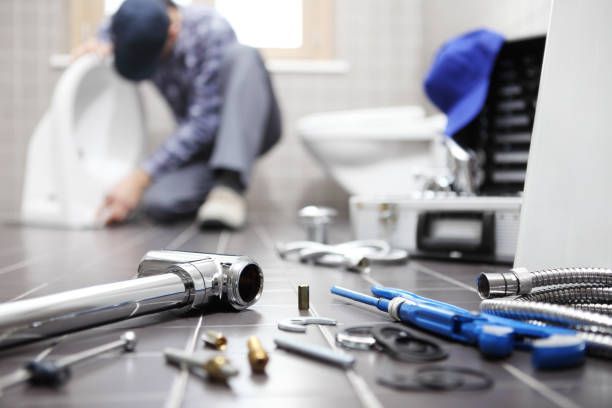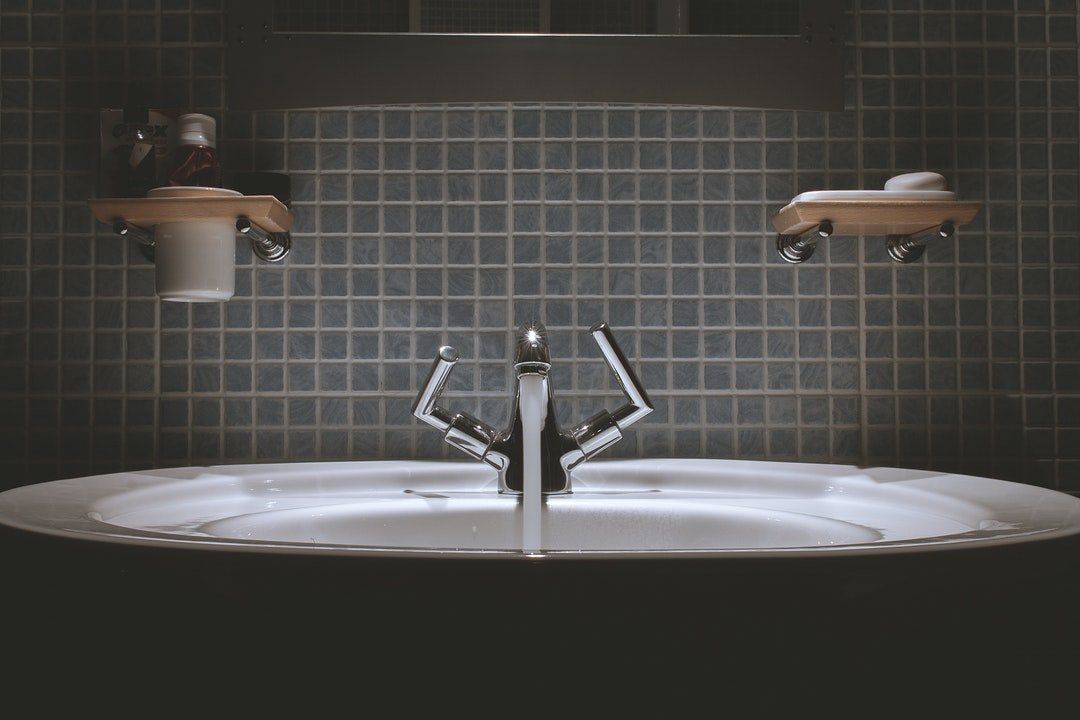How to Detect a Hidden Leak in Your Home
Leaking pipes are more than just an annoyance—they can cause significant damage to your home and lead to skyrocketing water bills. Hidden leaks, in particular, often go unnoticed until they’ve already caused structural damage, mold growth, or plumbing issues. Identifying these leaks early can save you thousands in repairs and prevent long-term harm to your property.
Why Hidden Leaks Are a Serious Issue
Unlike visible plumbing issues, hidden leaks often remain unnoticed for weeks or even months. Left unaddressed, they can:
• Cause water damage to walls, ceilings, and floors.
• Lead to mold and mildew growth, posing health risks.
• Increase your water bill significantly.
• Compromise the structural integrity of your home.
Warning Signs of a Hidden Leak
1. Unexpectedly High Water Bills
If your water bill has spiked without an increase in usage, a hidden leak could be to blame. Compare your current bills with previous months to spot inconsistencies.
2. Damp or Discolored Walls and Ceilings
Water stains, peeling paint, or damp patches often indicate a leak behind the surface. These signs should never be ignored.
3. Musty Odors
A persistent musty smell in certain areas of your home may signal mold or mildew caused by a hidden leak.
4. Reduced Water Pressure
Sudden drops in water pressure could be due to a leak reducing the water flow.
5. Unexplained Puddles or Wet Spots
Water pooling on your floor or damp areas on carpets without an obvious source could be signs of a leak under the floor or in the walls.
6. Warped or Buckling Flooring
Wooden floors that warp, laminate that buckles, or tiles that loosen can be caused by prolonged exposure to water from a hidden leak.
Common Areas for Hidden Leaks
Under Sinks and Cabinets
Pipes beneath sinks can develop slow leaks that go unnoticed until you spot water damage or mold inside the cabinet.
Behind Walls
Leaks in supply lines or drainpipes often occur within walls, making them hard to detect without visible signs like stains or dampness.
Beneath the Foundation
Slab leaks, or leaks in pipes under the foundation, can cause cracks, uneven floors, or hot spots if hot water lines are affected.
In the Ceiling
Roof leaks or plumbing running through upper floors can result in stains or sagging ceilings.
How to Detect a Hidden Leak in Your Home
1. Monitor Your Water Meter
Turn off all water sources in your home, then check your water meter. If the meter continues to move, it’s a clear indication of a leak.
2. Conduct a Dye Test on Toilets
To check for toilet leaks, place food coloring in the tank. If the color seeps into the bowl without flushing, there’s a leak.
3. Use a Moisture Detector
A moisture detector can help locate damp areas behind walls, under floors, or in ceilings.
4. Listen for Dripping or Hissing Sounds
Quiet areas can make it easier to hear subtle water sounds coming from hidden leaks.
5. Check Your Water Pressure
Attach a pressure gauge to an outdoor faucet. Low pressure may indicate a leak in your plumbing system.
6. Call a Professional Leak Detection Service
Plumbers use specialized tools like thermal imaging and acoustic leak detectors to pinpoint hidden leaks accurately.
Steps to Address a Hidden Leak
1. Turn Off the Water Supply
If you suspect a leak, shut off your main water supply to prevent further damage.
2. Remove Standing Water
Use towels, fans, or a wet vacuum to dry affected areas and minimize water damage.
3. Repair or Replace Damaged Pipes
For small leaks, DIY solutions like pipe patches or epoxy putty may work. However, larger issues often require professional repairs or pipe replacements.
4. Address Mold Growth
If mold is present, clean the area with a bleach solution or consult mold remediation experts for severe infestations.
5. Prevent Future Leaks
Schedule regular plumbing inspections, insulate exposed pipes, and avoid overloading pipes with pressure.
FAQs
How can I tell if a slab leak is present?
Signs of a slab leak include warm spots on the floor, unexplained cracks in the foundation, and the sound of running water when no taps are on.
Are hidden leaks always visible?
No, hidden leaks often have subtle signs, such as increased water bills or damp smells, before visible damage appears.
Can I fix a hidden leak myself?
Small leaks may be repairable with basic tools, but extensive or concealed leaks typically require professional attention.
What causes hidden leaks?
Common causes include aging pipes, high water pressure, shifting foundations, and corrosion.
How often should I check for leaks?
Inspect your home for leaks annually, and monitor water usage monthly to spot any irregularities.
Does homeowners insurance cover hidden leaks?
Coverage varies by policy. Sudden leaks may be covered, but gradual damage caused by neglect may not.
Conclusion
Hidden leaks can lead to serious damage if left undetected, but being proactive can save you money and protect your home. Regularly inspect your plumbing, watch for warning signs, and address potential issues promptly. When in doubt, consult a professional to ensure the problem is resolved effectively. Your vigilance today can prevent costly repairs tomorrow.



